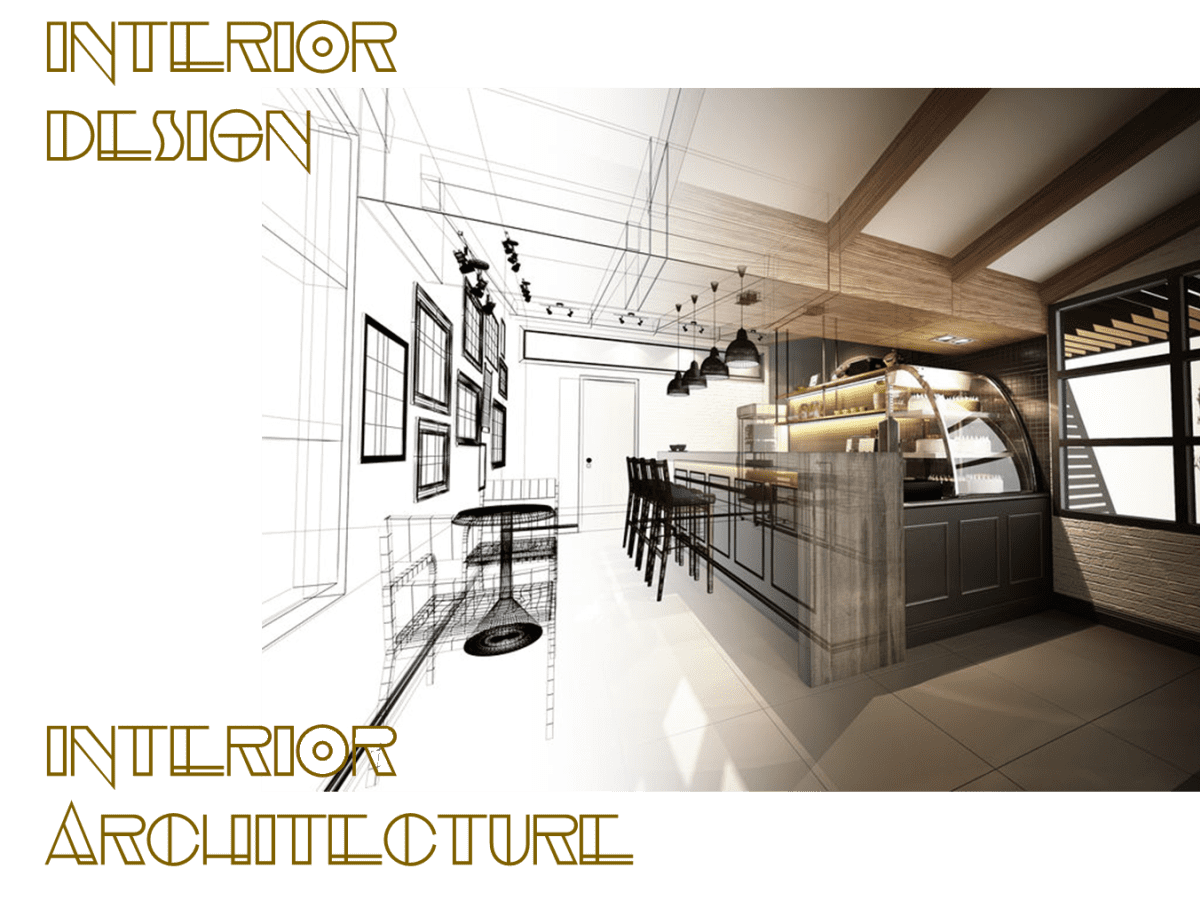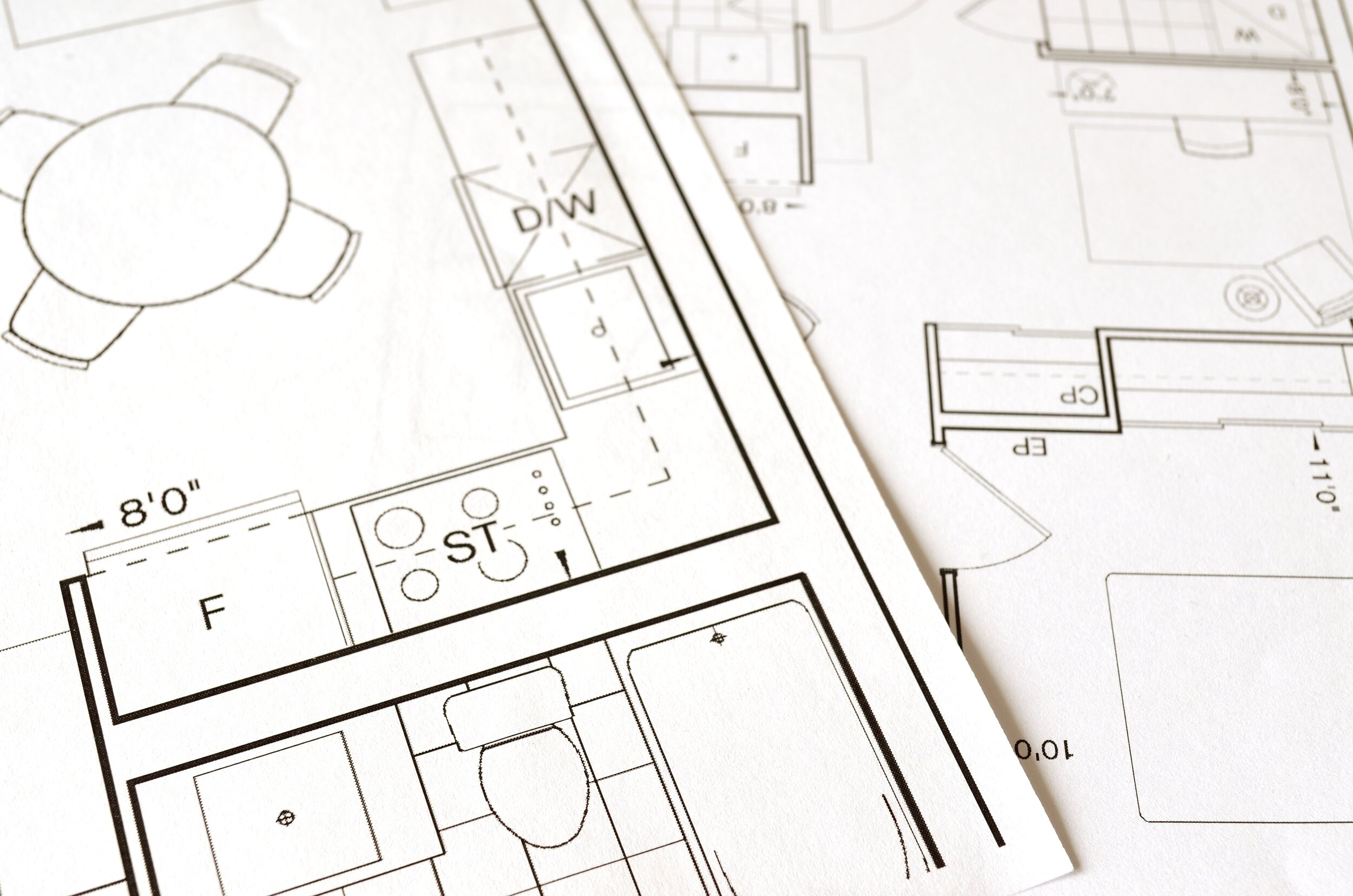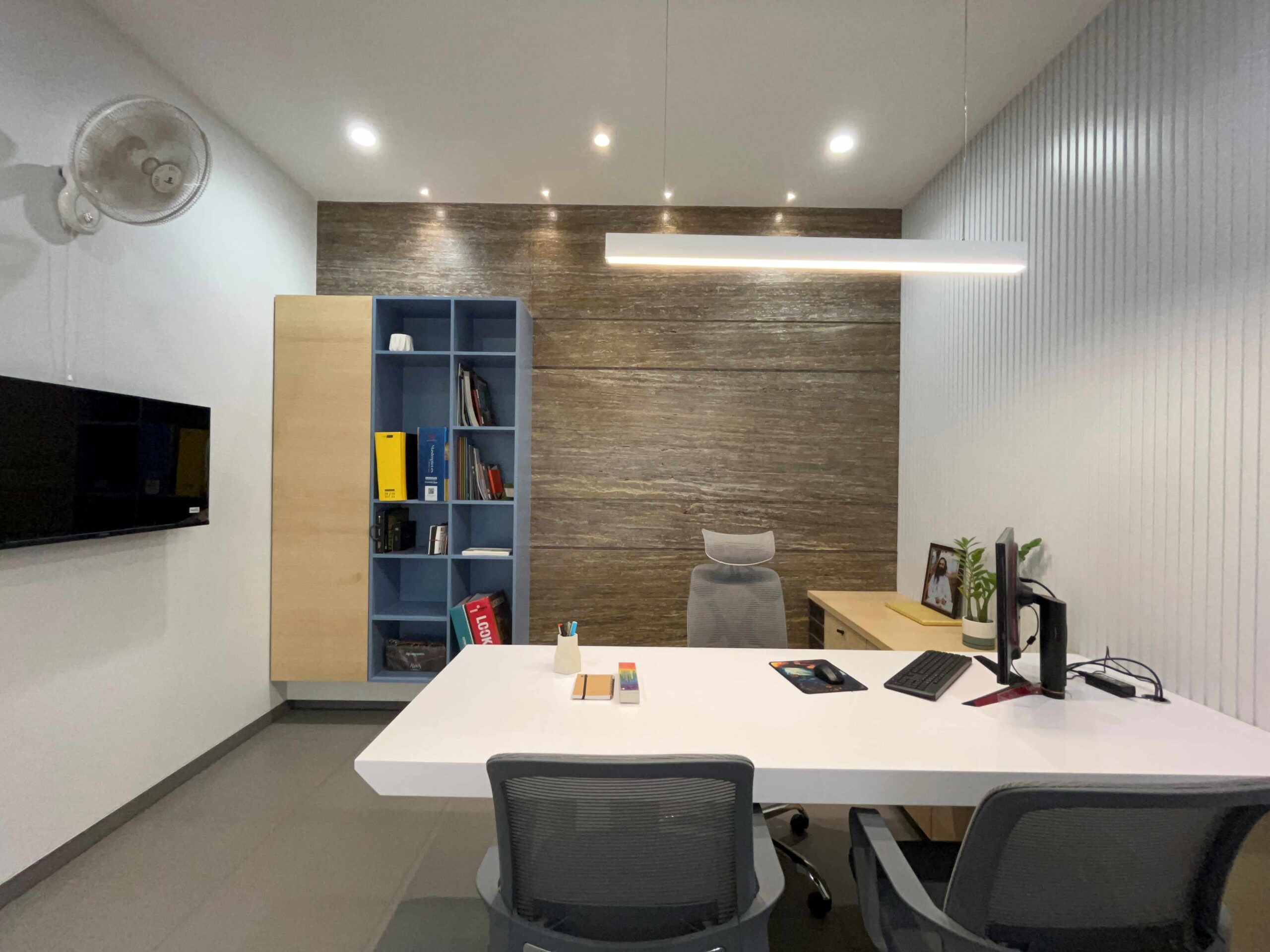The Art of Equilibrium: Just How Interior Design and Home Engineer Collaborate for Stunning Outcomes
In the realm of home design, striking a balance between appearances and functionality is no small accomplishment. This delicate equilibrium is accomplished with the harmonious partnership in between indoor developers and designers, each bringing their distinct competence to the table. The result? Areas that are not just aesthetically spectacular yet also very livable. Nevertheless, this excellent blend is not always easy to attain. Keep with us as we discover the details of this joint procedure and its transformative effect on home style.
Comprehending the Core Differences In Between Inside Design and Home Style
While both indoor layout and home architecture play necessary roles in developing aesthetically pleasing and functional areas, they are naturally various disciplines. It deals with the 'bones' of the structure, working with spatial measurements, load-bearing wall surfaces, and roofing system styles. On the various other hand, indoor layout is more concerned with improving the sensory and aesthetic experience within that structure.
The Synergy Between Home Design and Interior Decoration
The harmony in between home style and Interior Design depends on a shared vision of design and the enhancement of functional aesthetics. When these two fields align harmoniously, they can transform a living area from normal to phenomenal. This collaboration requires a deeper understanding of each discipline's concepts and the capacity to develop a natural, cosmetically pleasing setting.
Unifying Layout Vision
Combining the vision for home style and interior layout can produce an unified living space that is both functional and aesthetically pleasing. It promotes a synergistic technique where architectural aspects enhance indoor layout components and vice versa. Hence, unifying the design vision is critical in blending design and interior style for magnificent results.
Enhancing Useful Appearances
How does the synergy in between home style and indoor design boost useful visual appeals? Architects lay the foundation with their architectural design, guaranteeing that the space is effective and useful. A designer could design a home with high ceilings and huge home windows.
Value of Partnership in Creating Balanced Spaces
The collaboration between interior developers and architects is essential in creating well balanced rooms. It brings harmony between design and architecture, bring to life spaces that are not only aesthetically pleasing but also practical. Checking out effective collaborative approaches can offer understandings into how this harmony can be efficiently attained.
Integrating Layout and Style
Balance, an important facet of both Interior Design and architecture, can just genuinely be attained when these two areas job in harmony. This consistency is not simply an aesthetic factor to consider; it affects the performance, toughness, and inevitably, the livability of an area. Interior engineers and designers should understand each various other's functions, appreciate their know-how, and interact effectively. They have to take into consideration the interaction of structural elements with decoration, the circulation of spaces, and the effect of light and color. This joint process causes a cohesive, well balanced design where every element adds and has a purpose to the total visual. As a result, harmonizing style and architecture is not nearly creating attractive spaces, however about crafting areas that function perfectly for their inhabitants.
Successful Collaborative Strategies

Instance Studies: Successful Combination of Design and Style
Analyzing a number of study, it becomes evident just how the effective combination of Interior Design and design can transform a space. The Glass House in Connecticut, renowned for its minimalistic style, is one such example. Designer Philip Johnson and interior designer Mies van der Rohe collaborated to develop an unified equilibrium between the framework and the interior, resulting in a seamless circulation from the exterior landscape to the inner living quarters. An additional exemplar is the Fallingwater Home in Pennsylvania. Designer Frank Lloyd Wright and interior developer Edgar Kaufmann Jr.'s collaborative efforts bring about a stunningly unique house that blends with its all-natural surroundings. These study underscore the extensive effect of an effective design and design collaboration.

Getting Over Obstacles in Style and Design Cooperation
Despite the obvious benefits of a successful collaboration between interior design and architecture, it is not without its challenges. Architects may prioritize architectural honesty and safety and security, while developers concentrate on convenience and design. Reliable interaction, shared understanding, and compromise are vital to get over these obstacles and attain a unified and effective collaboration.

Future Trends: The Progressing Relationship In Between Home Architects and Interior Designers
As the world of home layout proceeds to develop, so does the connection between architects and interior developers. Conversely, indoor developers are accepting technological elements, influencing general format and performance. The future guarantees a much more cohesive, innovative, and flexible strategy to home layout, as developers and designers continue to obscure the lines, promoting a relationship that really embodies the art of equilibrium.
Final thought
The art of balance in home layout is achieved via the harmonious cooperation between indoor developers and designers. Regardless of difficulties, this partnership promotes development and development in layout.
While both interior style and home architecture play necessary roles in producing cosmetically pleasing and practical areas, they are naturally different self-controls.The harmony between home design and Hampshire architects indoor design lies in a common vision of layout and the enhancement of practical aesthetics.Linking the vision for home design and indoor design can develop a harmonious living room that is both functional and cosmetically pleasing. Therefore, unifying the style vision is essential in blending design and interior design for stunning outcomes.
Just how does the harmony in between home architecture and indoor design improve practical aesthetics? (Winchester architect)